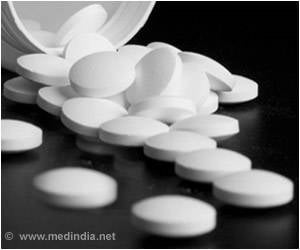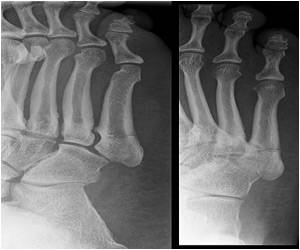Clay or mud has antibacterial effects that can kill disease-causing bacteria in wounds.

‘Use of wet clay or mud as a topical skin treatment may kill disease-causing bacteria in wounds. Clay has antibacterial effects that can help fight against bacteria such as Escherichia coli, and Staphylococcus aureus, including certain resistant strains such as CRE and MRSA.’





"We showed that this reduced iron-bearing clay can kill some strains of bacteria under the laboratory conditions used, including bacteria grown as biofilms, which can be particularly challenging to treat," says Robin Patel, M.D., a clinical microbiologist and infectious diseases specialist at Mayo Clinic and senior author of the study. Biofilms occur when bacteria attach to surfaces and develop a film or protective coating making them relatively resistant to antibiotics. They appear in two-thirds of the infections seen by physicians.
"This study is an important advance in understanding how clays, specifically blue clay from Oregon, have shown medicinal properties by attaching to pathogenic bacteria," says Enriqueta Barrera, program director in the National Science Foundation's Division of Earth Sciences, which funded the research.
In laboratory tests, the researchers found the clay has antibacterial effects against bacteria such as Escherichia coli, and Staphylococcus aureus, including resistant strains such as CRE and MRSA. The clay suspension was effective against a number of bacteria both in their planktonic and biofilm states.
The research is preliminary, and the authors caution that only one concentration of the clay suspension was tested, based on preliminary results.
Advertisement
More research is needed to identify and reproduce the properties of clays that are antibacterial, with the goal of possibly synthesizing a consistent compound of the key minerals under quality control.
Advertisement












